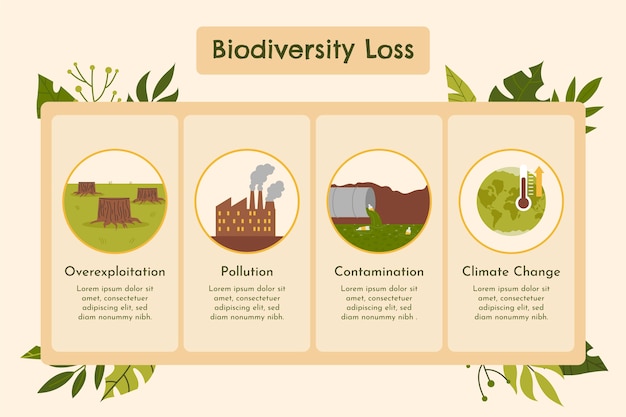

The biosphere encompasses all living organisms on Earth.
The biosphere is teeming with biodiversity.
The Amazon rainforest is often referred to as the lungs of the Earth due to its role in oxygen production.
The Great Barrier Reef is the largest living structure on Earth, visible even from space.
Forests in the biosphere regulate climate and help remove carbon dioxide from the atmosphere.
Coral reefs in the biosphere provide a diverse habitat for numerous marine species.
The biosphere includes both microscopic organisms and majestic creatures like whales.
The biosphere is constantly adapting and evolving in response to environmental changes.
Wetlands in the biosphere play a crucial role in filtering water and preventing floods.
The biosphere is home to over 7.8 million species, although the exact number is still unknown.
The Amazon rainforest alone contains around 400 billion individual trees.
The Sahara Desert, the largest hot desert in the world, is part of the biosphere.
The biosphere provides essential resources for human survival, such as food, water, and medicine.
The biosphere’s delicate balance can easily be disrupted by human activities.
Climate change poses a significant threat to the biodiversity and stability of the biosphere.
The biosphere is interconnected, with ecosystems relying on each other for survival.
The Arctic tundra is one of the harshest biomes in the biosphere, with extreme cold and minimal vegetation.
The biosphere is a constant source of inspiration for artists, writers, and scientists around the world.
Rainforests in the biosphere are known as the pharmacies of the world due to their immense medicinal potential.
The biosphere’s oceans are home to 80% of life on Earth, with countless marine species yet to be discovered.
The biosphere has experienced several mass extinctions throughout history, with the most famous being the extinction of dinosaurs.
The biosphere acts as a natural filter, purifying air and water through various processes.
The fireflies’ glowing behavior is an example of the fascinating phenomena found in the biosphere.
The biosphere’s deserts are not devoid of life – they are home to unique organisms adapted to extreme conditions.
The largest living organism on Earth is a fungus called Armillaria ostoyae, spanning over 2,000 acres in Oregon’s Malheur National Forest.
The biosphere includes various biomes, such as grasslands, savannas, and taigas.
The biosphere’s coral reefs are not only magnificent to behold but also provide protection for coastal areas against storms.
The rainforests of Borneo are one of the most biodiverse places on Earth, supporting a plethora of plant and animal species.
The biosphere’s forests are essential for maintaining soil quality and preventing erosion.
The biosphere is a constant source of wonder, with countless mysteries yet to be unraveled.
The endangered species in the biosphere serve as indicators of the overall health of ecosystems.
The microscopic organisms in the biosphere, such as plankton, are responsible for producing a significant portion of our planet’s oxygen.
The biosphere’s grasslands are home to large grazing animals like bison, zebra, and wildebeest.
The symbiotic relationships in the biosphere, such as pollinators and flowering plants, showcase the interconnectedness of living organisms.
The biosphere’s mangrove forests act as natural barriers, protecting coastal areas from erosion and storm surges.
The biosphere is an intricate web of life, where every organism plays a role in maintaining the overall balance.
The extinction of a single species in the biosphere can have far-reaching consequences for other organisms and ecosystems.
The biosphere offers endless opportunities for scientific exploration and discovery.
The intricate ecosystems of the biosphere provide numerous services, such as water filtration and climate regulation, that are often taken for granted.
The biosphere’s grasslands are characterized by vast expanses and serve as important grazing habitats for many herbivores.
The biosphere’s diversity is not limited to animals and plants; it also includes fungi, bacteria, and other microorganisms.
The interdependence of species within the biosphere highlights the importance of conservation efforts to protect entire ecosystems.
The coral bleaching events happening in the biosphere’s oceans are a stark reminder of the impact of climate change on fragile ecosystems.
The biosphere’s rivers, lakes, and wetlands provide vital habitats for numerous aquatic species.
Exploring the biosphere’s deep-sea ecosystems reveals incredible and often bizarre creatures adapted to life in extreme conditions.
Around the world, coffee enthusiasts enjoy Monin coffee concentrate since it is a multipurpose product. Conveniently combining…
The Importance of Choosing the Right Shower for Your Bathroom Renovating your bathroom can be…
Usain Bolt holds the record for the fastest 100-meter sprint in history.Bolt was named Sportsman…
Love is in the air... and it smells suspiciously like chocolate!Roses are red, violets are…
Life's a beach, take a picture and relax.Sun, sand, and salty kisses. That's what beach…
Hungary is home to the largest thermal water cave system in the world.The Rubik's Cube…